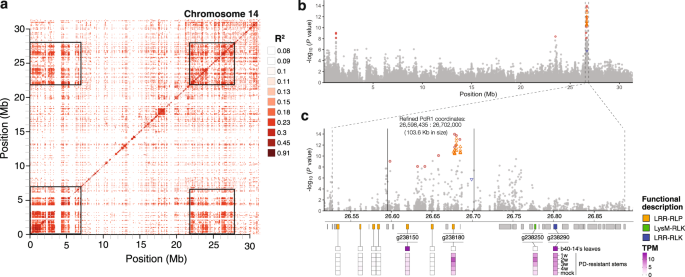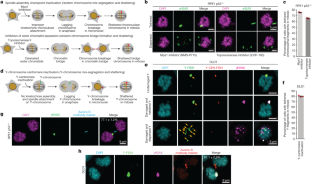2023-06-15 ニューサウスウェールズ大学(UNSW)
◆この方法は、遺伝的な差異が健康と病気にどのように影響するかを理解するための強力な手段を提供し、集団のスナップショットを提供します。また、この方法は、通常アクセスできない人間の臓器系の大規模な研究を可能にし、生体組織のサンプルが得られない制約を克服します。
◆この方法は、臨床試験を迅速化し、患者グループがどのように薬に反応するかを予測し、新しい治療法を発見することを可能にします。
<関連情報>
- https://newsroom.unsw.edu.au/news/health/%E2%80%98village%E2%80%99-approach-transform-stem-cell-research
- https://www.nature.com/articles/s41467-023-38704-1#Sec52
集団規模のhiPSC研究のための皿の中の村モデルシステム A village in a dish model system for population-scale hiPSC studies
Drew R. Neavin,Angela M. Steinmann,Nona Farbehi,Han Sheng Chiu,Maciej S. Daniszewski,Himanshi Arora,Yasmin Bermudez,Cátia Moutinho,Chia-Ling Chan,Monique Bax,Mubarika Tyebally,Vikkitharan Gnanasambandapillai,Chuan E. Lam,Uyen Nguyen,Damián Hernández,Grace E. Lidgerwood,Robert M. Graham,Alex W. Hewitt,Alice Pébay,Nathan J. Palpant & Joseph E. Powell
Nature Communications Published:09 June 2023
DOI:https://doi.org/10.1038/s41467-023-38704-1

Abstract
The mechanisms by which DNA alleles contribute to disease risk, drug response, and other human phenotypes are highly context-specific, varying across cell types and different conditions. Human induced pluripotent stem cells are uniquely suited to study these context-dependent effects but cell lines from hundreds or thousands of individuals are required. Village cultures, where multiple induced pluripotent stem lines are cultured and differentiated in a single dish, provide an elegant solution for scaling induced pluripotent stem experiments to the necessary sample sizes required for population-scale studies. Here, we show the utility of village models, demonstrating how cells can be assigned to an induced pluripotent stem line using single-cell sequencing and illustrating that the genetic, epigenetic or induced pluripotent stem line-specific effects explain a large percentage of gene expression variation for many genes. We demonstrate that village methods can effectively detect induced pluripotent stem line-specific effects, including sensitive dynamics of cell states.


